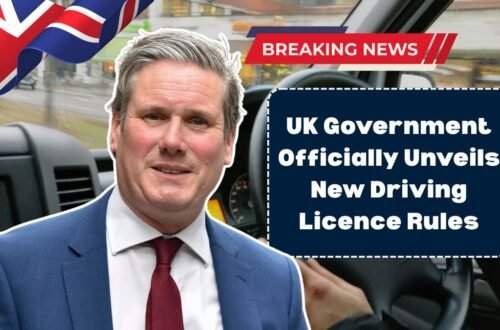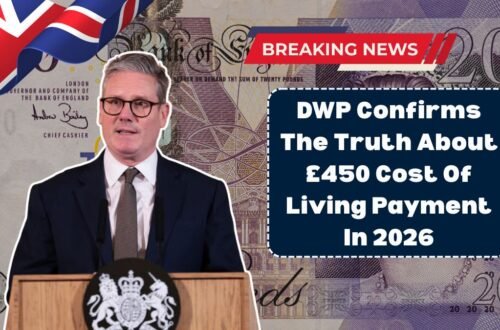The Department for Work and Pensions (DWP) has announced a £600 one-off Cost of Living Boost for eligible UK households in late 2025, designed to help with rising energy bills, inflation and general household costs.
The payment is automatic for qualifying claimants—no extra application is needed.
The boost begins rolling out from late October, with most payments hitting recipient accounts in November 2025.
Who qualifies for the payment?
This boost is targeted at households under pressure from increasing costs. The key eligibility points are:
- You must be in receipt of one or more qualifying benefits by a specified cut-off date (e.g., before mid-October 2025).
- Qualifying benefits include Pension Credit, Universal Credit, Income Support, Income-based JSA/ESA, and certain disability benefits (e.g., PIP, DLA) or a combination thereof.
- Your bank account or benefit payment method must be up to date; changes after the cut-off may delay payment.
- Households may receive the full £600 if they qualify under more than one category (for example, pensioner + disability benefit). For others, portions of the £600 may apply.
- The payment is tax-free and does not affect your monthly benefit entitlements.
Payment dates & how the money is distributed
Below is a table summarising when and how these payments are expected to land:
| Household type | Payment amount | Payment begins | Notes |
|---|---|---|---|
| Pensioner households receiving qualifying benefits | £300 | From 28 October 2025 | Added to State Pension / Pension Credit payment automatically. |
| Low-income or disability-benefit households | £300 | From 28 October 2025 | Separate boost on top of existing benefit account. |
| Households qualifying under both categories | Up to £600 | Late October to mid-Nov | Combined payment—maximum support level. |
Key timing detail: Payments start on 28 October 2025 and continue into November for most recipients. Though branded as a November boost, the rollout straddles late October.
What you should check & how to make sure you receive it
- Ensure your bank or Direct Deposit details with the DWP are correct and up-to-date by the mid-October cut-off.
- If you recently changed address or banking details, update your DWP record or your online benefit account now.
- Confirm you were receiving a qualifying benefit on the relevant date—the DWP uses this to automatically identify eligible households.
- Look out for a payment reference such as “DWP COL BOOST” or similar in your account. Expect the payment with your regular benefit deposit if you’re a pensioner.
- If you do not receive the payment by late November 2025, you should contact DWP or use the dedicated enquiry process once available.
Why this matters
The UK’s cost-of-living pressures remain high: energy prices, food costs and housing expenses are rising. A direct payment of £600 gives eligible households a meaningful buffer ahead of winter. It helps:
- Cover large seasonal bills such as heating and domestic energy.
- Ease budgeting for those on fixed incomes—especially pensioners and benefit-receiving households.
- Stimulate local spending and provide short-term economic support.
Although this is a one-off payment, it serves as a strong signal from government acknowledging the scale of pressure households face.
The forthcoming £600 Cost of Living Boost from the DWP is a key support measure for many UK households in late 2025.
With payments starting around 28 October and major disbursement through November 2025, now is the time to ensure your details are correct, and that you meet the qualifying benefit conditions.
Whether you’re a pensioner, low income earner, or a person receiving disability benefits, this boost could make a real difference heading into the colder months. Stay alert for the deposit and prepare your finances accordingly.
FAQs
No — if you meet the benefit eligibility criteria and your payment details are up-to-date, the payment is automatic.
No — the payment is tax-free and does not reduce your other benefit entitlements.
Payments begin from 28 October 2025 and continue into mid-November 2025 depending on benefit type and payment schedule.






